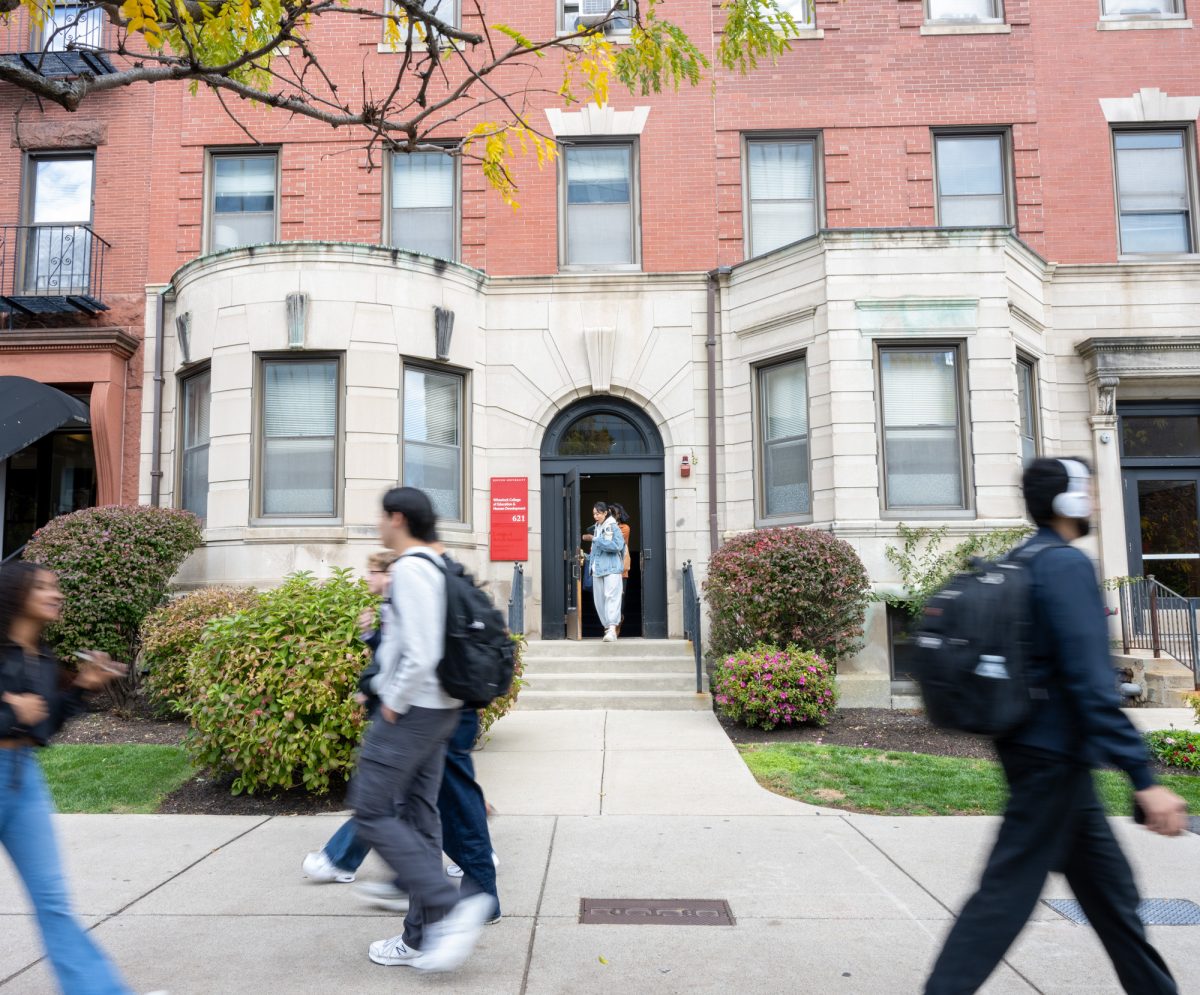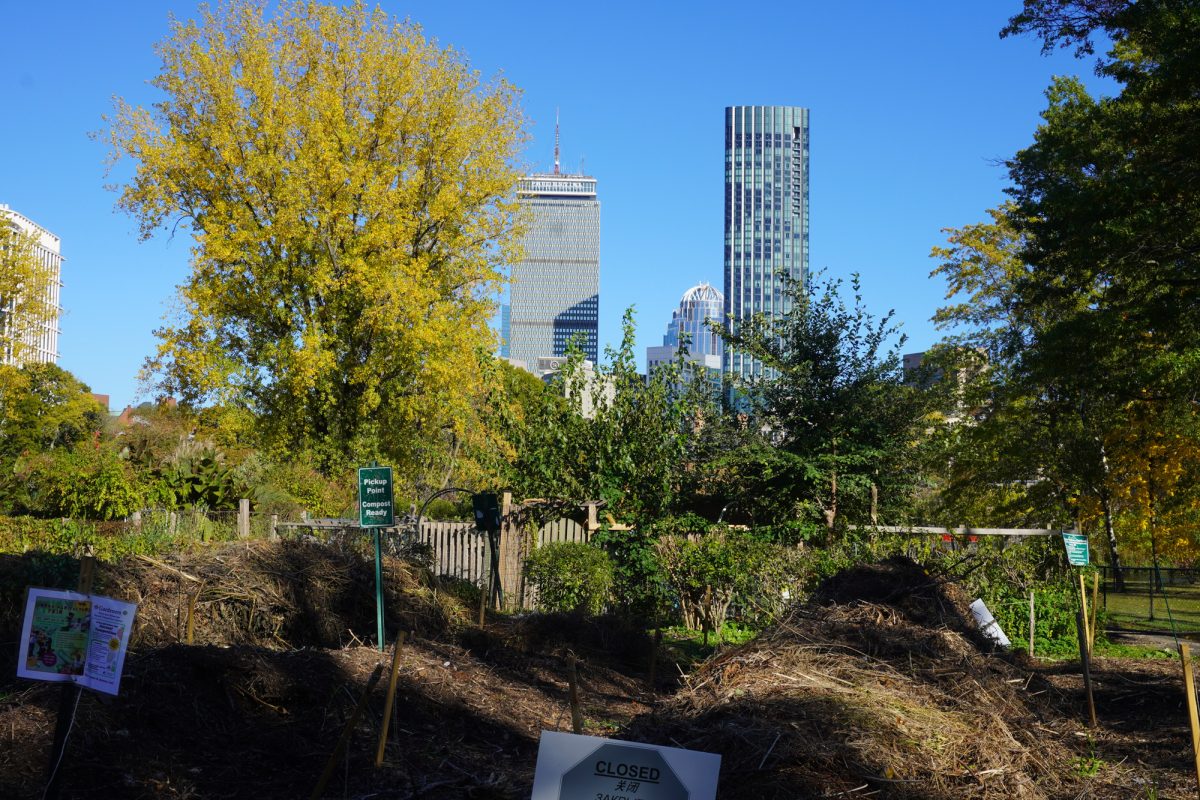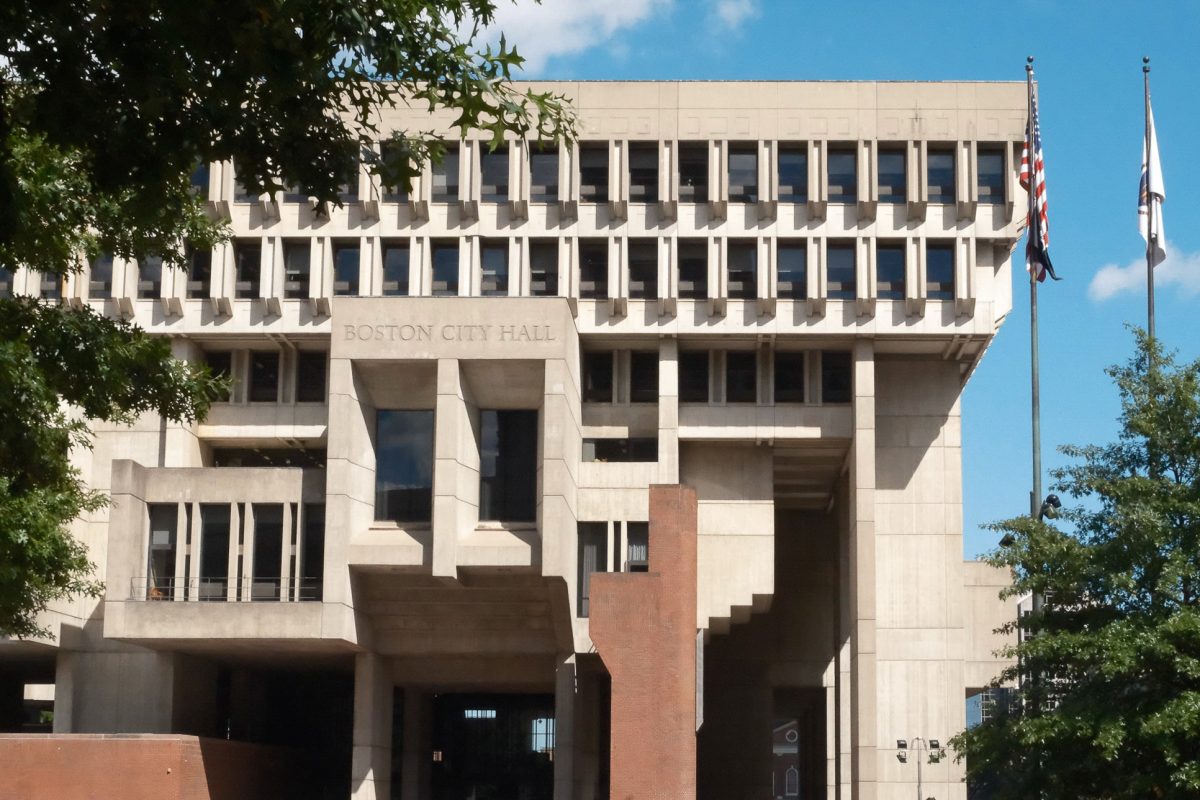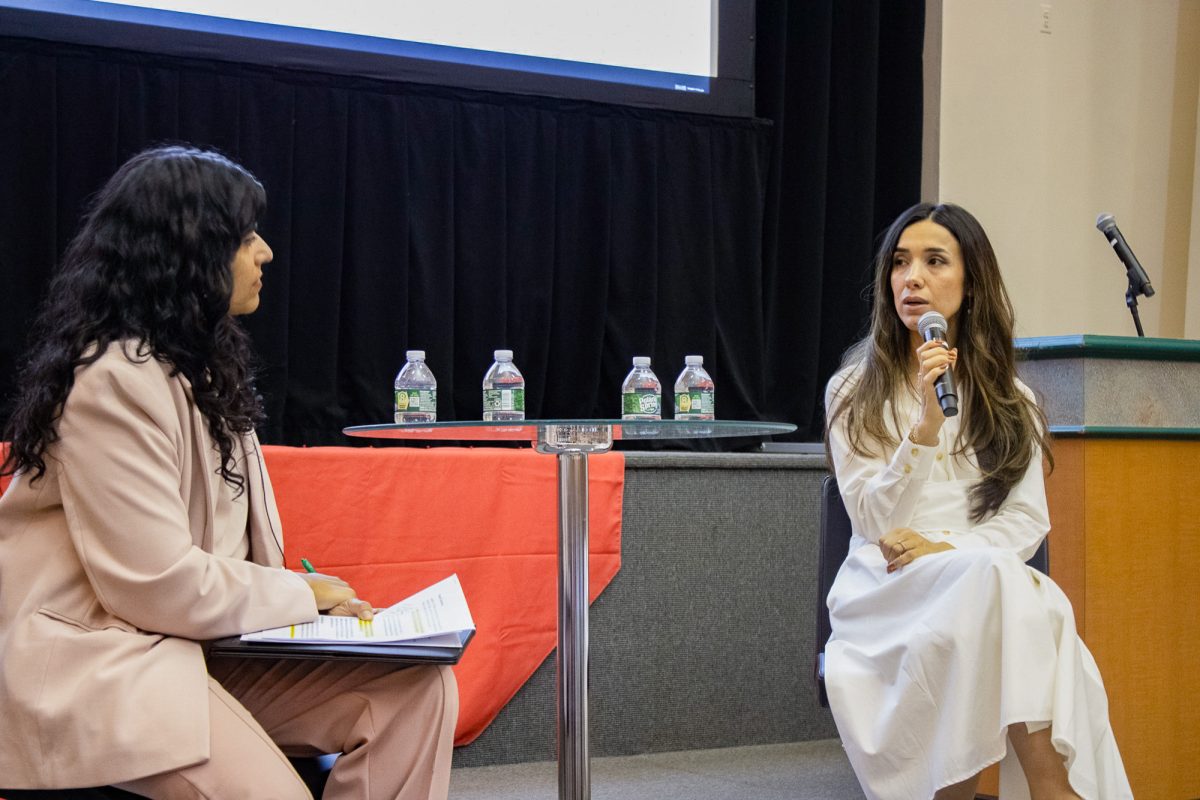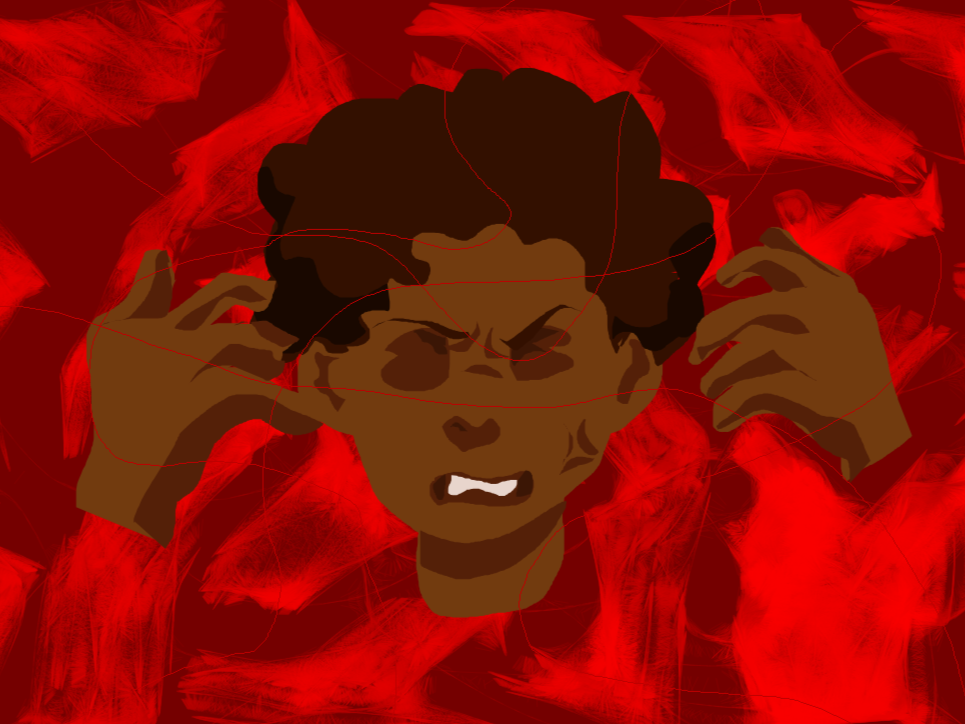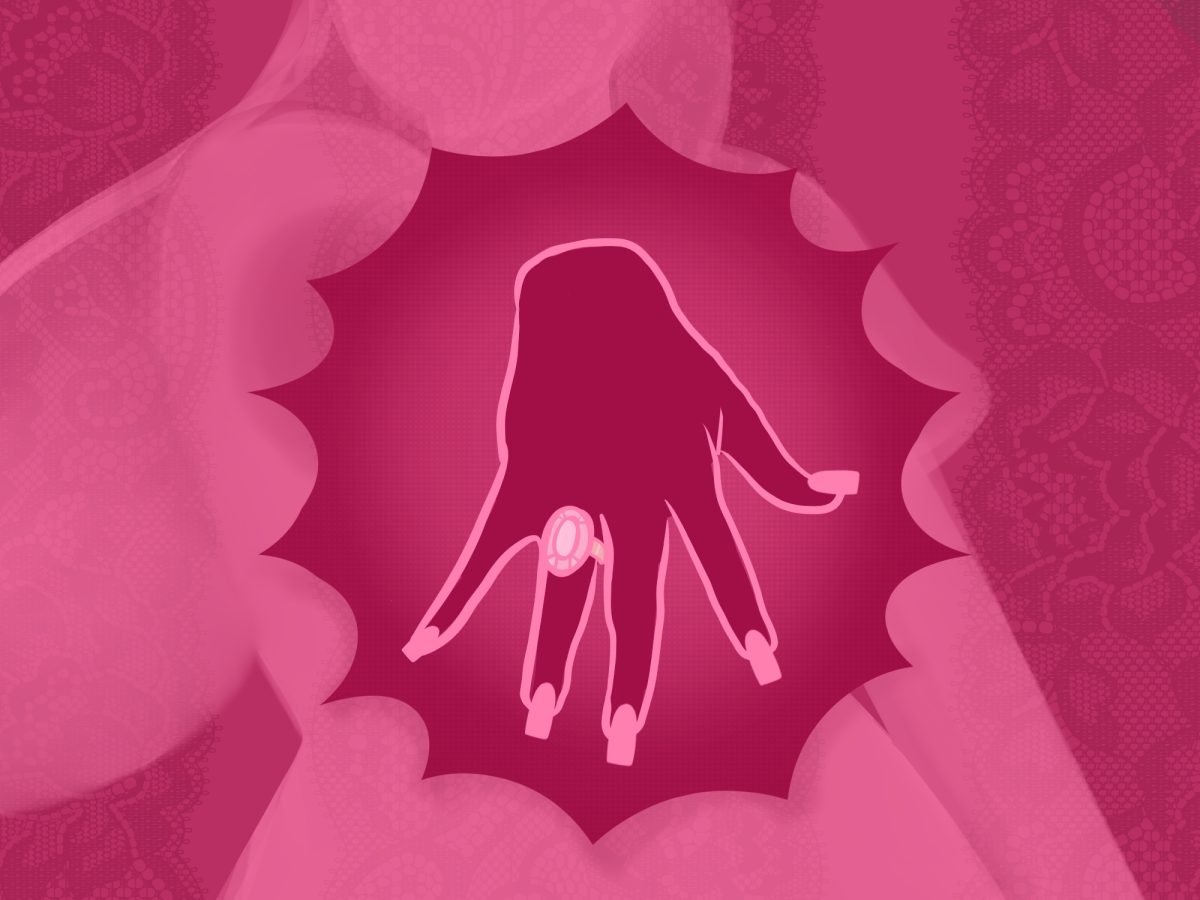France is a modern European nation confined almost exclusively to its continental boundaries, but it was also formerly a major colonial and imperial power with large swaths of land across the globe, ranging from islands in the Caribbean to sub-Saharan Africa to archipelagos in the Pacific. For centuries, thousands upon thousands of artifacts were brought back to France to be put on display to show the world France’s power had as a global empire. To most, the empire and colonialism has majorly disappeared except for passages in history textbooks, but in reality, its effects are still seen in politics both domestically and internationally as well as in the organization and composition of its museums.
Before starting one of my classes here at Boston University’s Paris campus, I had never given a true thought to why museums are organized the way they are and how their descriptions can wildly alter the perception of the art and those who created it. But through my course “Postcolonial Paris,” my perspective has changed. We look past the superficial and oversimplified explanations of chronology and aesthetics to discover how various cultural and national aspects affect how we perceive art and how the museum wants us to perceive art.
As a part of this course, we had the pleasure of going to the Musée du quai Branly-Jacques Chirac, which is a museum that opened in 2006 right near the Eiffel Tower, dedicated to exhibits that feature former French colonies. Before arriving, our professor asked the class to reflect upon a list of things but one thing stuck out in my head as extraordinarily important while also eerily clandestine. He asked our class to think about why certain types of art and certain cultures are displayed in the Louvre while others are relegated to other museums around the city. Immediately, I thought of what I had seen at the Louvre when I went a few summers ago. The Mona Lisa, Greek statues and busts, Dutch paintings, Egyptian artifacts from the classical era, but no major works dedicated to other regions of the world, at least in a more contemporary sense. Thus when I arrived at the museum, I was prepped to try and see how the museum layout and composition affected how the art was viewed.
When I entered the museum and walked to the central corridor, I knew that the organization of the museum was meant to show things that other museums did not. The museum is one large room separated into the different regions of the world, only distinguished by differing floor colors. This immediately hit me because in other museums I had been to in both France and the United States, cultures, countries and regions are often separated by walls. In this case, the freeness of the exhibit and the option to start wherever one pleases showed a testament to the intermingling of cultures and not the rigid boxes we put them into. Often when a museum puts all the African art a it has into a room or two, we tend to assimilate the cultures together as a single African identity. The layout of this museum transitions from small regions or countries to those of different continents, which not only highlights similarities between areas, but also their differences. The simple mentioning of the artist, people or tribe who had created the exhibit and where they came from, whether it was a country or a specific peninsula or an island, showed how the museum was attempting to highlight minute differences that other museums fail to reveal.
Furthermore, this museum was up front about where all of its exhibits came from, whether it was a donation from a national government or if it was looted by colonists during the occupation of specific regions. This deepened the authenticity of the exhibit to being more than just an object behind glass. These pieces became a symbol of history that is sometimes lost in other museums, which neglect the true path of the object into their collection.
Since having been enlightened by my experience at the Musée du quai Branly-Jacques Chirac, I am now much more attentive to the museological aspects of museums when I go to them. Even when I went to the Guimet Museum of Asian Art in Paris this past weekend, I kept in mind how these countries in Asia were separated by borders, and how the colonial effects of France in Indochina were obscured or neglected. When I go back to the United States, I hope that this new lens of viewing continues when I visit museums in American, so I can see how they treat art. I hope that after reading this column, you can take this new perspective as well and discover something new.

